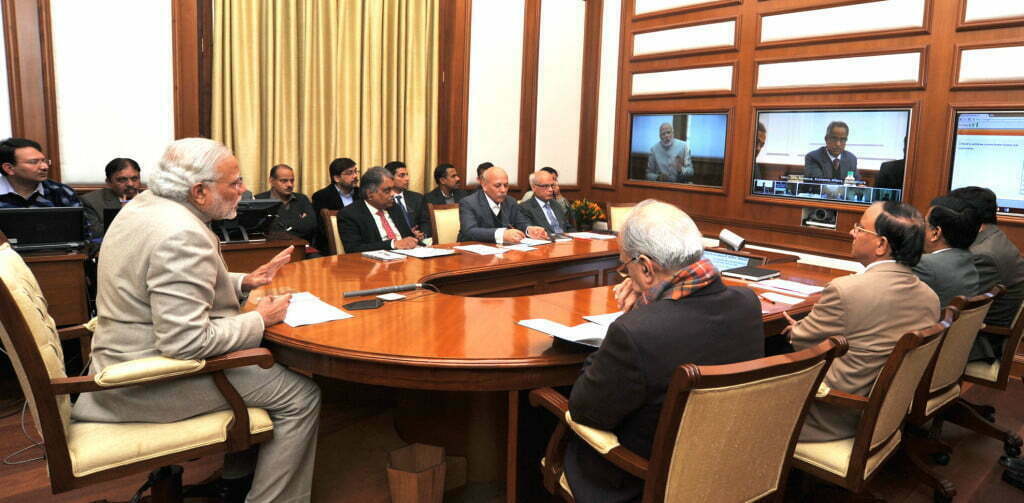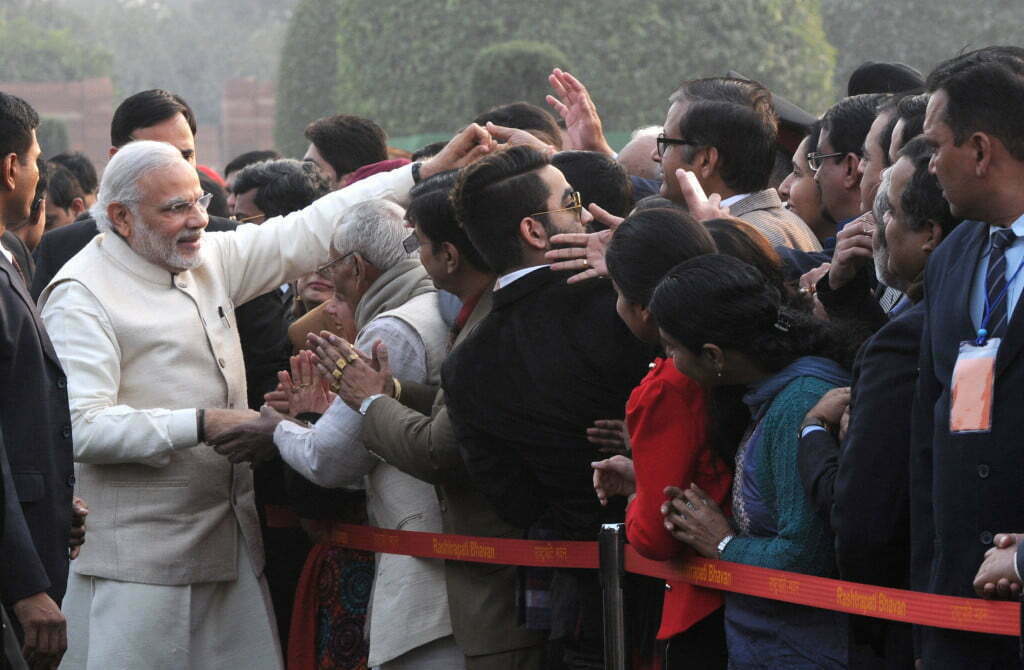
The Prime Minister is driving the country towards a rapid economic development, but the major road block in his path is the nature of political, economic and social institutions. He would need to change the despotic political structure, all entries banned kind of financial systems and the archaic social structures.
The political structure is now overcrowded with millionaires and multi millionaires with more than half membership in the two Houses of parliament and virtually in every state legislature cornered by men and women who had ‘declared their accounted assets’ to be more than ten million rupees in the affidavit submitted at the time of filing of their nominations. Number of defeated multimillionaires was every larger. There were few who had assets not equivalent to a yearly income of the municipal sweeper. Only for the firth two decades, participants in freedom struggle were accommodated. Their numbers dwindled steadily to eliminate presence of cheap but eminent social workers with dignity enough not to stand at door steps of party leaders with a begging bowl for nomination.
Even earlier poor had no place in the political structures as rulers had no need for them. Commoners were recruited only for war times and retired without terminal benefits as soon as their need for drawing chariots of fighting warriors was over. The Moguls controlled through a placement to wealthy and British appeased rich with bountiful of titles to keep them at beck and call for ever.
Even though 72 percent of Indian population eked out living on agriculture and allied vocations, no specific attention was paid to its development under the belief that they would not move with rapidity to modernization needed for becoming a super nation. In the Soviet model of the planned economic development, Nehru shunned private participation in the economic field. He depended largely on public sector which was extension of the government in the economic field. Bureaucrats in government controlled them and bureaucrats on deputations managed them more as a wing of government rather than as a viable economic venture. In twenty years, most of them had turned into white elephants guzzling on public funds to survive.
The Nehru government insisted on permits and licenses to regulate economic activities in private sector leading to enrichment of few who could manipulate system through officials with power to sanction and endorse permits. In two decades, twenty business houses were controlling eighty per cent of market and using monopolies to maintain their hold. The Indira Gandhi era led to more governmentalisation of more sectors under the garb of nationalization. It merely meant to bring different sectors under the bureaucratic controls.

After three decades attempts to improve the economic growth rate through socialism or left orientation from the average rate of three and a half percent, Indira Gandhi tried to open the doors of the economic structure partially but not fully out of fear of its political consequences. Rajiv Gandhi never got to know what was done in his era, but Narsimha Rao removed, under pressure from the World Bank and the IMF, several bureaucratic, fiscal and legal constraints. In three years Narasimha Rao was groping in the dark to find a human face in the repudiation of the economic activities that took the rate of growth of total percent. In fact Arjun Sengupta, economist had to warn him that his economic framework had merely increased inequalities and further widened distance between the high income and the low-income brackets.
A limited number was allowed to move in upper strata, but doors remained closed to those who had earned their daily wages. Even minimum wage concept was introduced in 1971 but without the social security umbrella. Workers rendered jobless due to inability to perform in advanced age were left to the mercy of nature or their children. Trade Unions, who had ruled dominant in two decades in 1967 to 1987, became defunct in the new economic environment brought by the Global economy concepts their power at the pinnacle in 1967-77 declined in later twenty years. They are unable to motivate workers to demand more wages as workers have their own individual bargains merely to survive in job.
The social institutions were closed to a majority since inception of the social order of four categories Char Varna system flowing from laws given by Manu. Not only vast majority want relegated to lower rungs, but it was also denied opportunity to acquire ego to made them humans with aspirations which alone could have driven them to work ceaselessly. The caste system with a majority reduced to typical kind of human vocations was turned into an exact order as the divine order. Thus deprived and exploited were denied entry to socio-economic and political institutions. Mahatma Gandhi earned displeasure and also anger of the established upper castes. By mobilizing the poor classes into the political arena for freedom struggle and thus encouraging them to defy social order..The rage fired three bullets to fell Gandhi in 1948.
Narendra Modi decided to follow the Gandhian ideals for his regime for he has learned the basic law of success in converting nature of all institutions into all inclusive as recommended by the American historians after their extensive study into causes of the collapse of several governments in past. Special and specific attention to the deprived and lower sections in the last eighteen months suggests so though it may turn out to be a dangerous path. He has been propped up by the forces that do not subscribe to any other view except their supremacy to other classes. The Congress misconstrues from his attempt at the destruction of the Nehru build edifice. Others interpret his silence as his surrender to the conservative forces. His supporters remain confused and directionless. His efforts to bring in foreign technology along with capital to expedite the growth rate are branded as an invitation to another East India company.
His supporters are again the change, and his opponents outside do not realize the need for change. And the country cannot move forward without the change in nature of its institutions.

